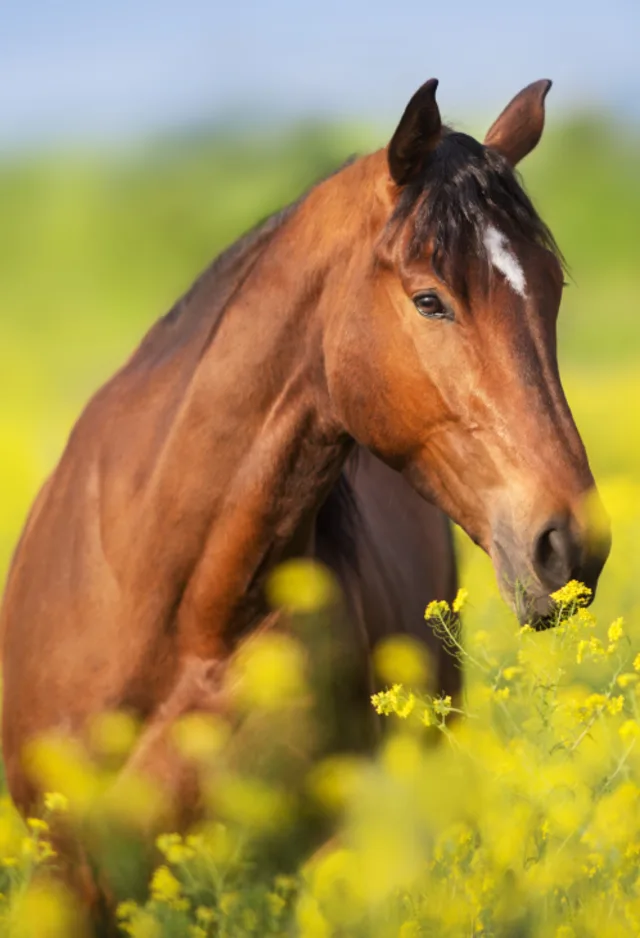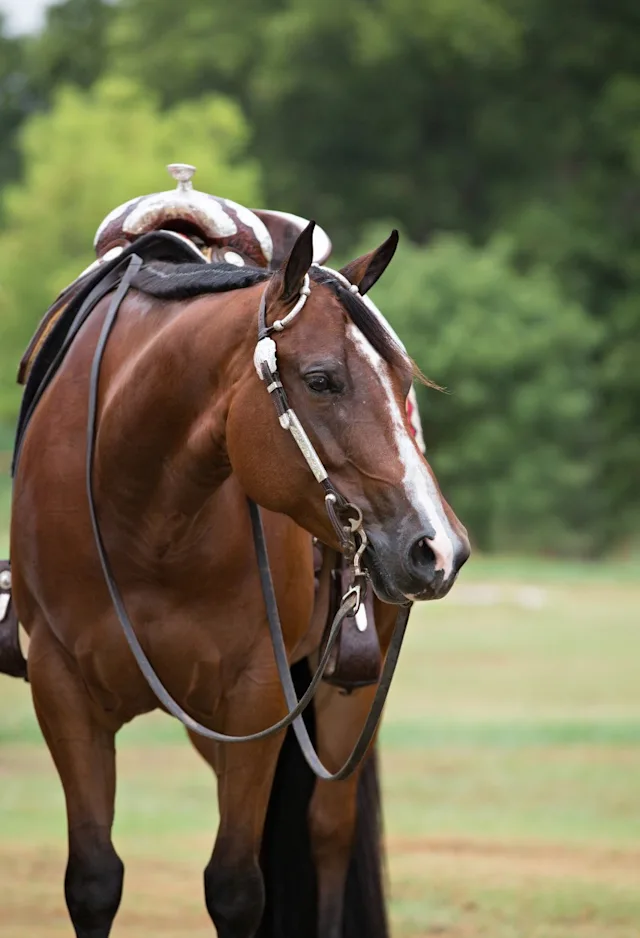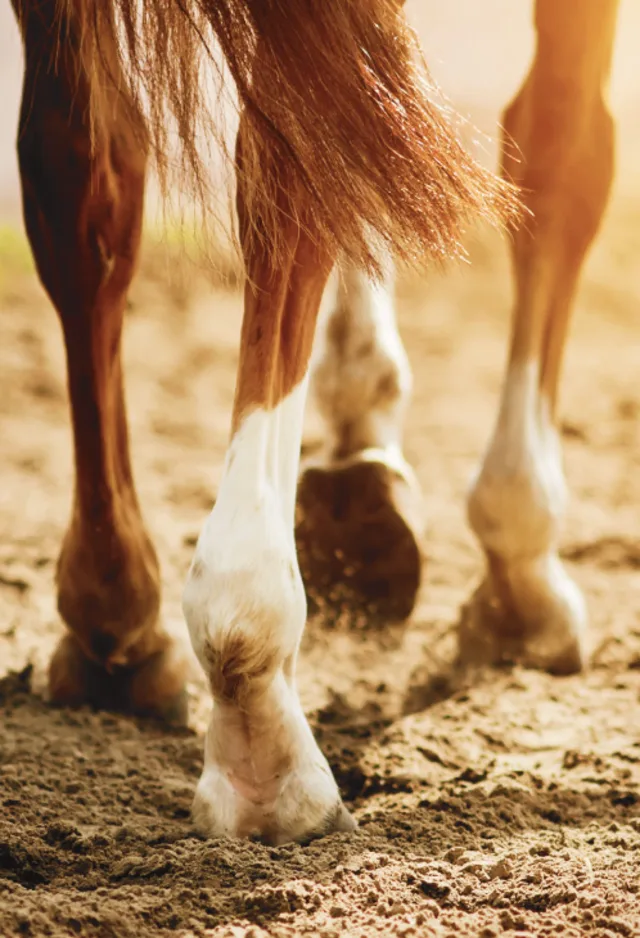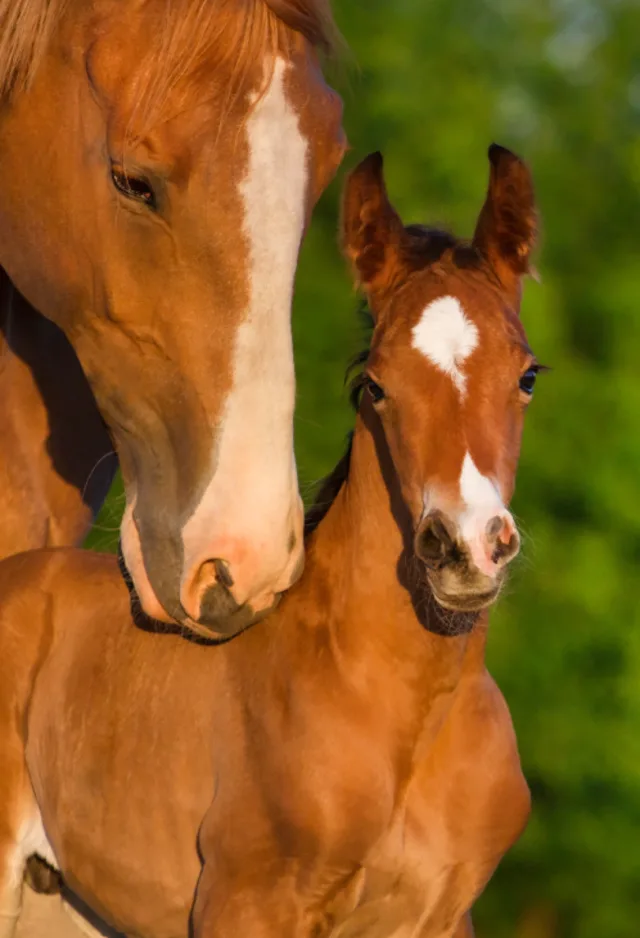Abraham's Equine Clinic
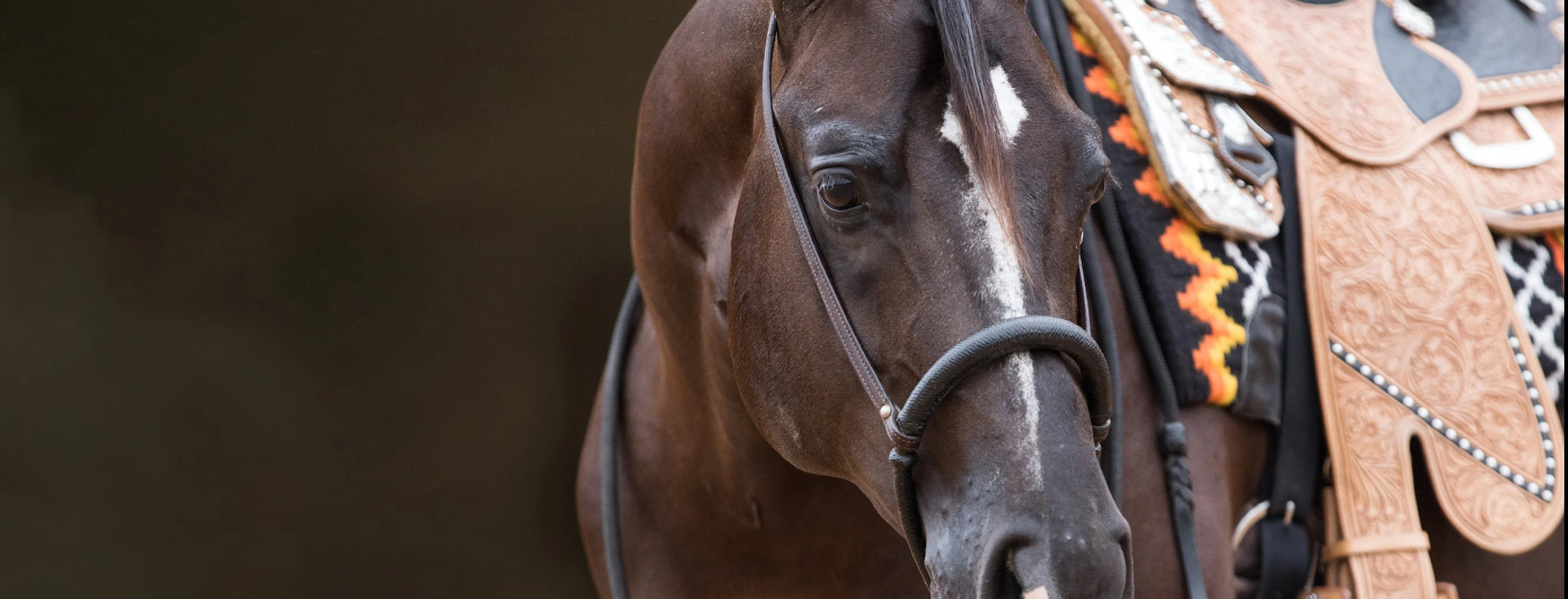
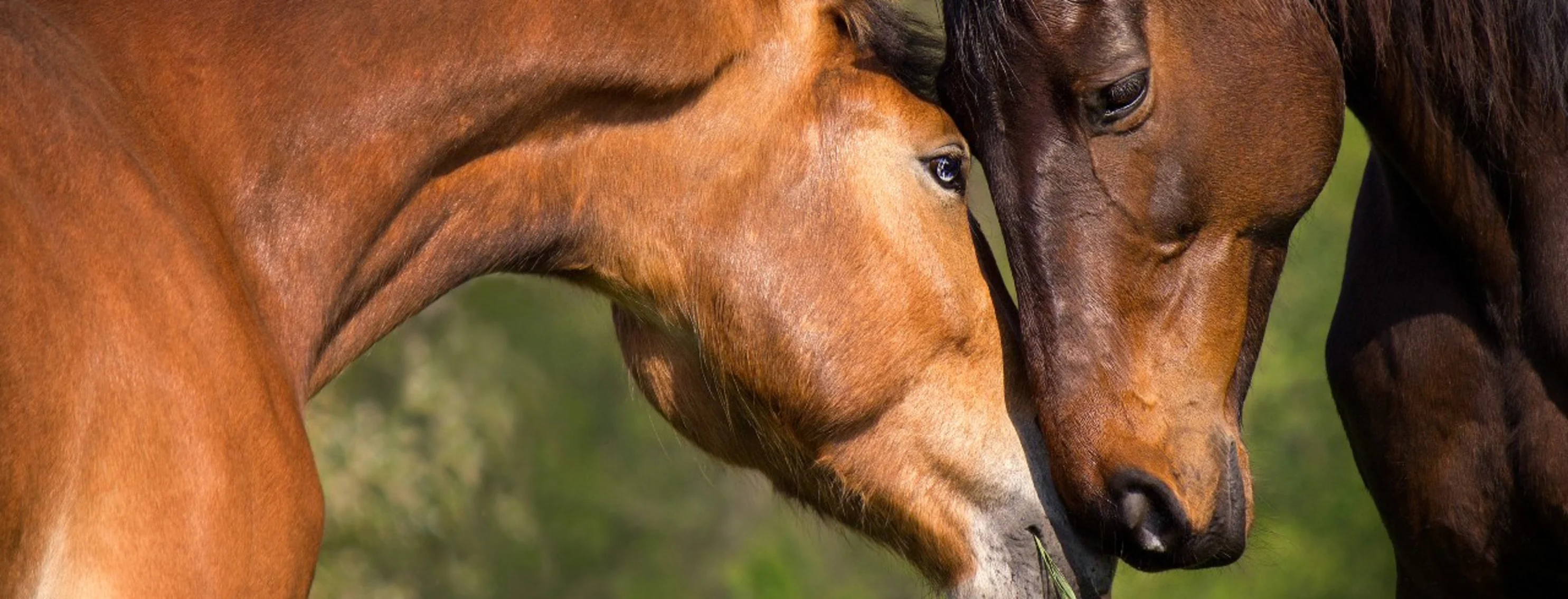
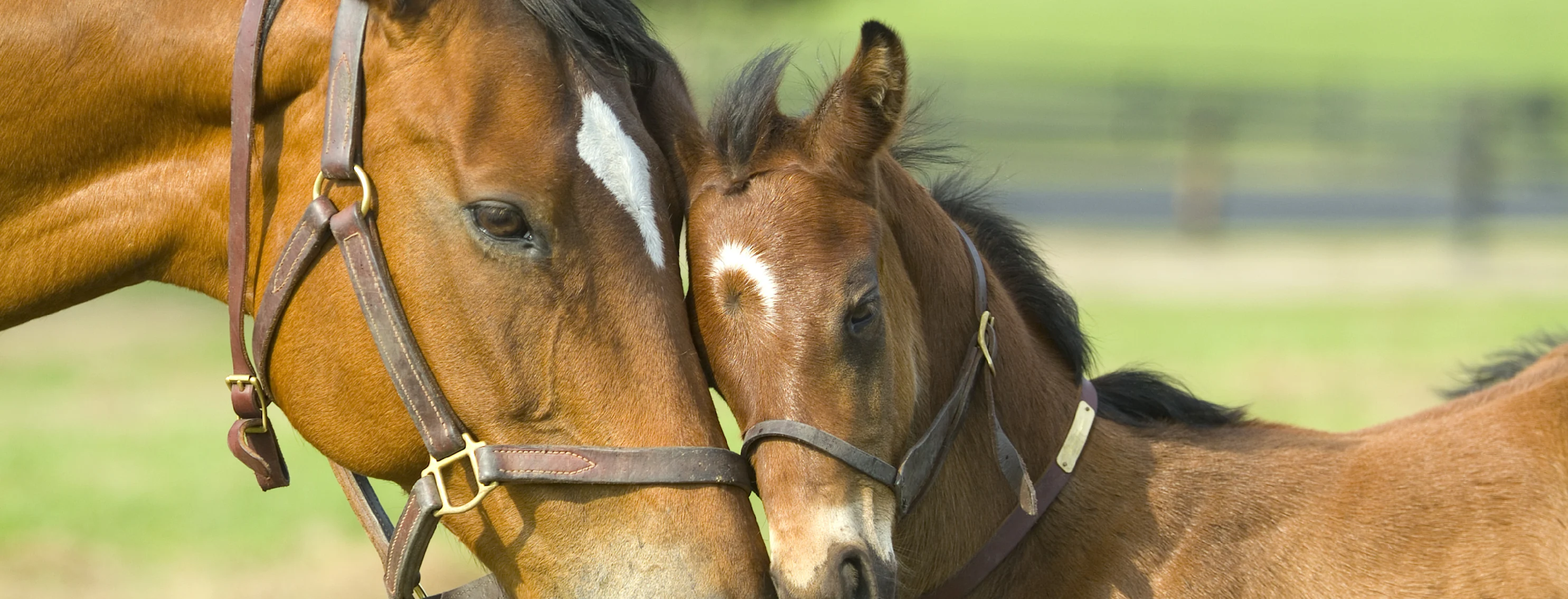
Our Locations
Abraham’s Equine Clinic has two locations in the Cedar Rapids, Iowa area. Please contact us at (319) 366-6441 for all AEC locations.

Abraham’s Equine Clinic
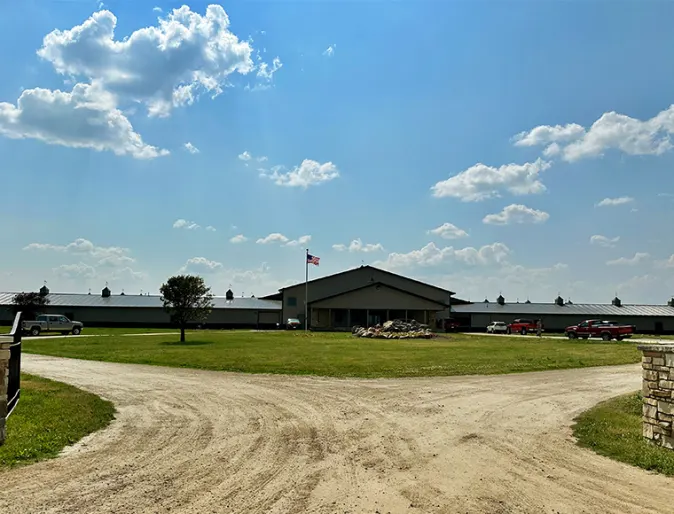
Abraham’s Equine Reproduction Center
Client Testimonials & Reviews
Do you have a testimonial or success story to share? We’d love to hear it! Send your story and a photo to us by email.
Great full-service equine clinic and hospital. They have brought more than one horse I know of back from the brink. Colic, leg injuries, you name it, I know of horses still walking around to day that other vets would have given up on. They have gotten my horses into the clinic in the dead of night, and even found a way to get them transported back home to me in the middle of the winter when my rig was down.
Ann C.
Excellent equine vet care. Came out to the farm to geld our miniature horse without seeing him before and had a great attitude showing lots of care. Even with the small family watching the whole process. Made sure she explained what was being done and have gotten great after-surgery care instructions. They are highly recommended.
Corey S.
Every occasion we have had with Abraham’s Equine Clinic has been a success! When it’s time to say “goodbyes” to our horses, we are treated with much compassion and respect.
Bob T.

